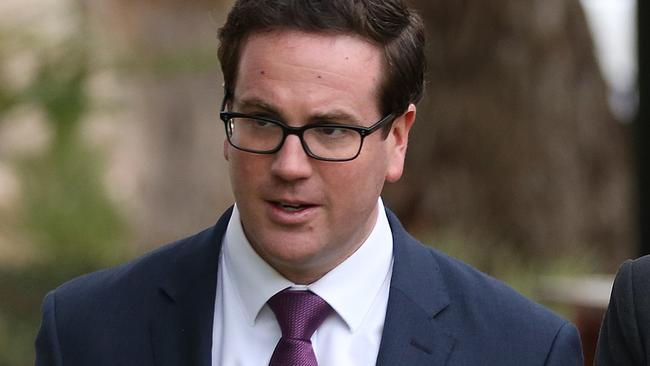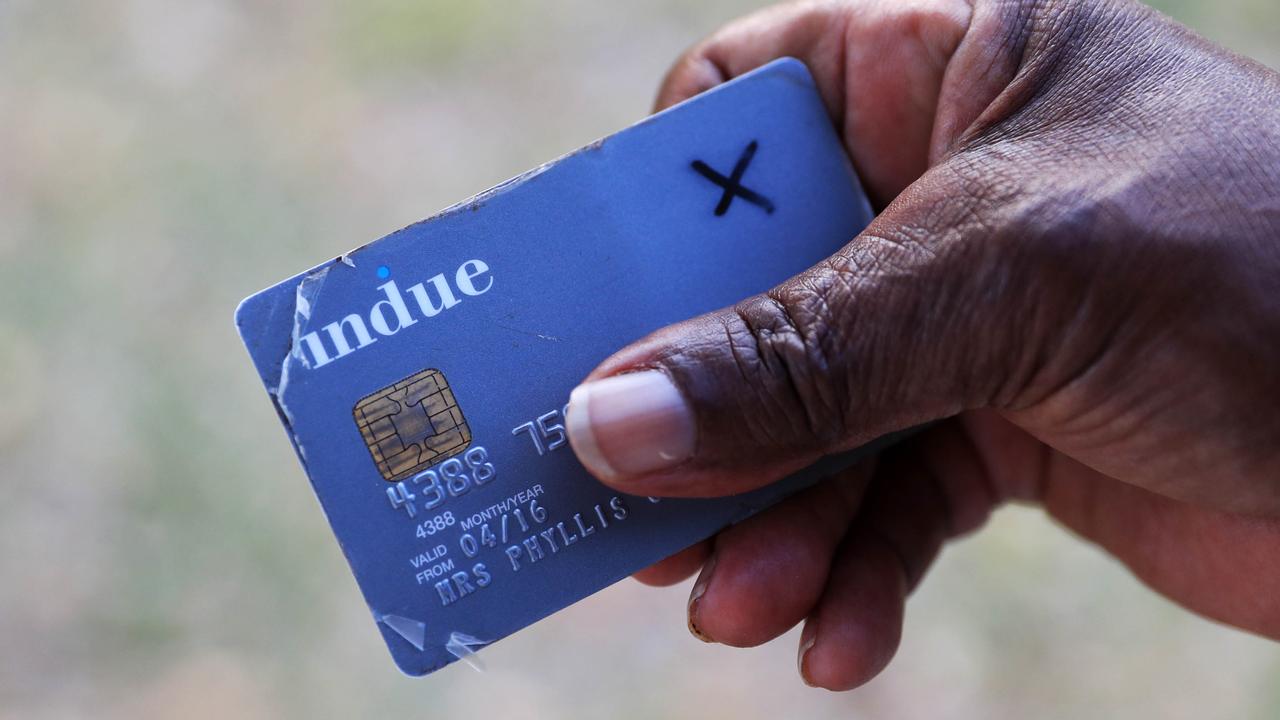Hidden truancy crisis lurks behind youth crime
Government data has confirmed the incontrovertible link between truancy and youth crime that starts early in a child’s life.

A hidden truancy crisis has underpinned dysfunction and youth crime in Perth’s southeast corridor, a cluster of mixed-income suburbs that produces a quarter of Western Australia’s juvenile detainees.
Analysis of unpublished government data from the corridor where 362,776 children live has confirmed the incontrovertible link between truancy and youth crime that starts early in a child’s life. But it has also mapped the lives of alarming numbers of children who go to school rarely and in some cases hardly at all: across several schools in the corridor last year there were 1220 teenagers at “severe educational risk” because they went to school fewer than three days a week on average. Overall, a third of children in the corridor missed at least a month of school in 2016.
In Armadale, a disadvantaged local government area within the corridor, that figure was 50 per cent. About 16 per cent of WA children live in the southeast corridor, but one in four of the juveniles held in detention are from there. WA has the highest proportion of juvenile detainees of any Australian state and two thirds of detained children in WA are Aboriginal.
Now a bold plan that pairs youth workers, teachers and psychologists with the most vulnerable children in a hotspot of the southeast corridor is producing promising results. In a pilot partly funded by police in the southeast corridor last year, a small group of Aboriginal boys aged 10 to 12 improved their attendance and performances. The Youth Partnership Project, led by Save the Children, worked intensively with each family to reduce the chance of their child going to jail.
The youth workers collect the kids from home each morning, give them breakfast, take them to school, take them to sport, listen to them and talk to their parents about how the can help their child progress.
All the young people chosen were deemed to be on a trajectory to prison because of factors including family violence, contact with police or an older sibling’s offending.
This year, 70 per cent of participants are Aboriginal. The whole group’s average attendance rate has lifted from 63 per cent to 93 per cent and there have been benefits for siblings. One child whose brother is in the program had a school attendance rate of 15 per cent last year and could read only three words. Now he goes to school every day and knows 80 words.
Matt Keogh, the federal Labor MP for Burt in the southeast corridor, believes the project has potential to change lives. “Disadvantage in Australia is complex. There are high correlations in intergenerational unemployment, mental health issues, low school attendance, drug use and crime,” he said.



